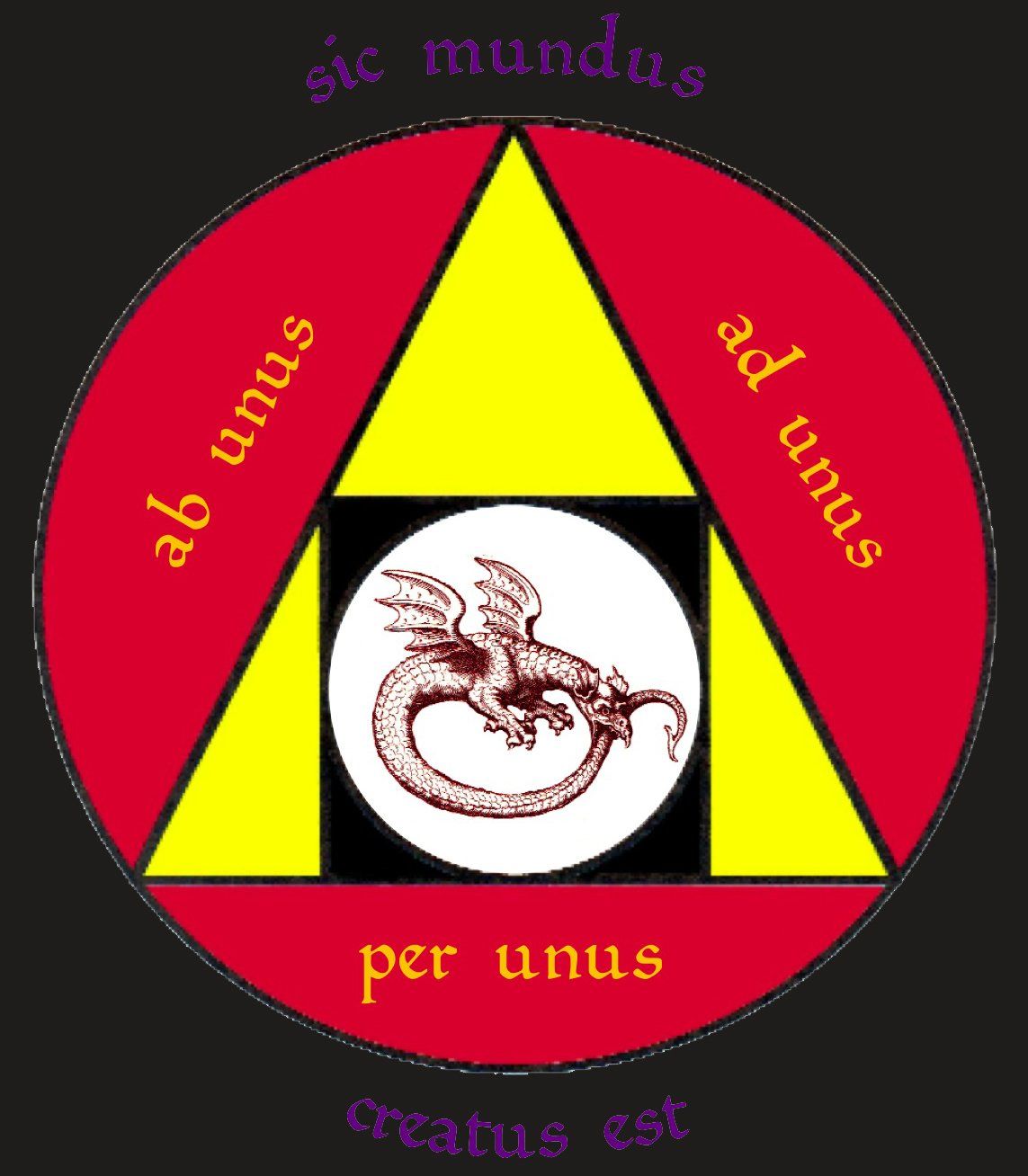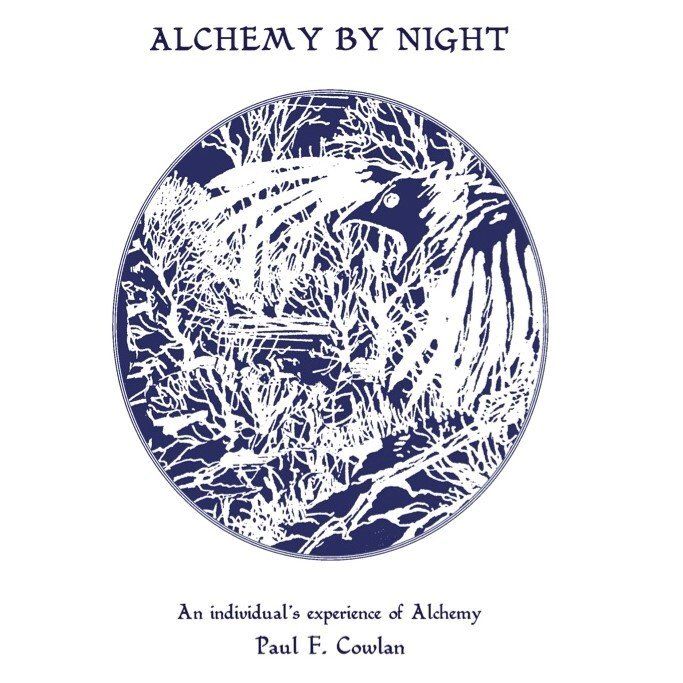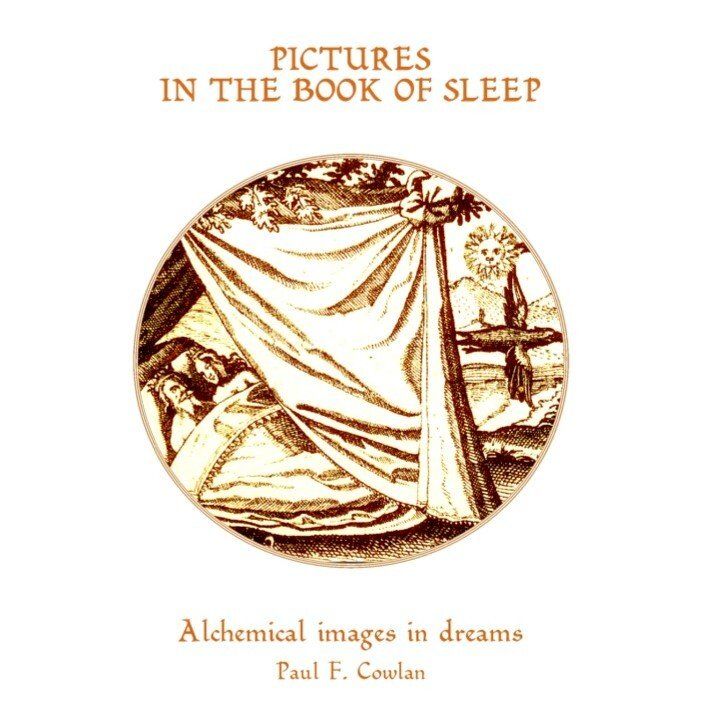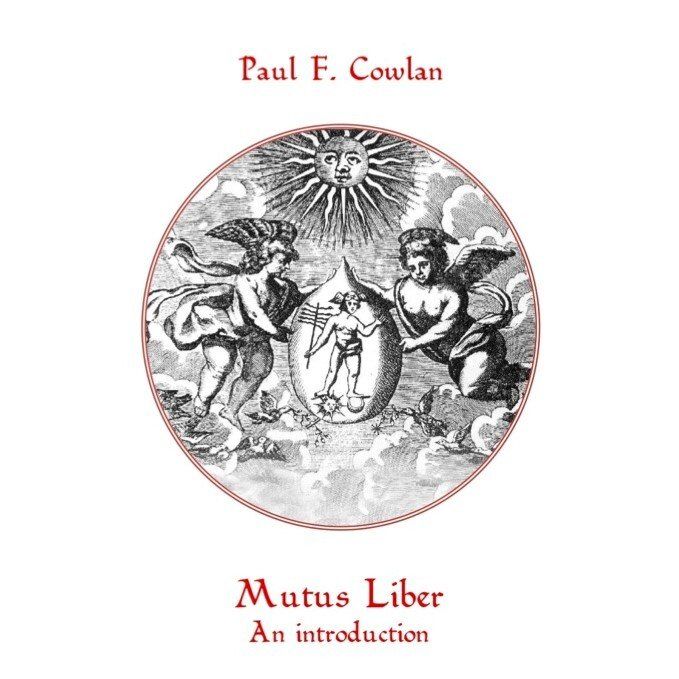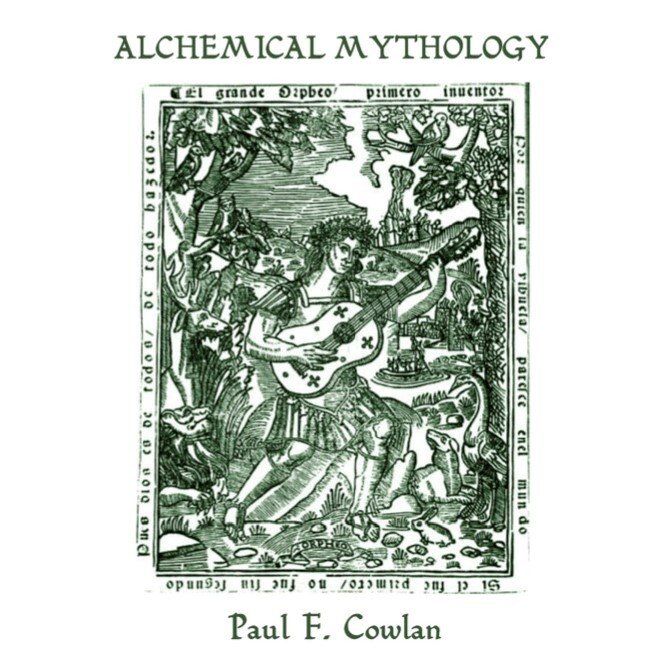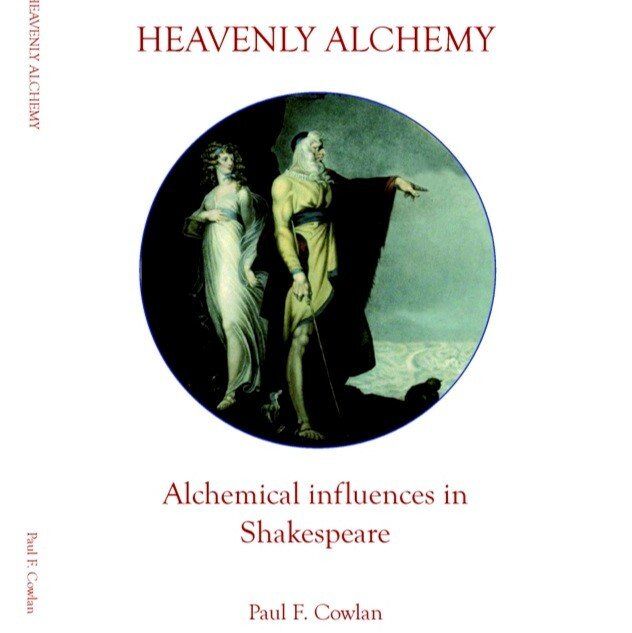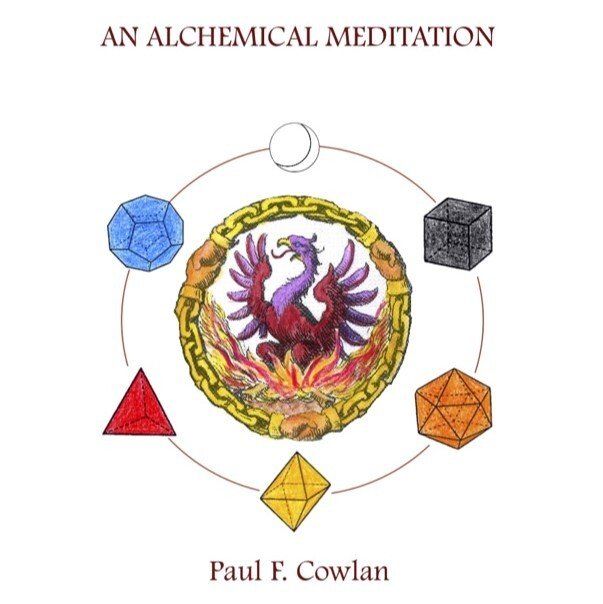TABULA SMARAGDINA - An introduction to the Emerald Tablet
ISBN 978-0-9560289-1-4
The Emerald Tablet, Smaragdine, the Tabula Smaragdina, The Emerald Table, is the most ancient and influential text in the alchemical canon. It is supposed to have been written by Hermes Trismegistus himself, and its basic precepts go back at least four thousand years, some would say much further.
As it stands today, the text may be no older than the early christian era, but there seems to be an undeniable conceptual link connecting the earliest Egyptian writings with later Classical, Neo-Platonist, Hermetic and Gnostic exegesis; which, in turn flows directly into the literature of alchemy.
The universal alchemical maxim, 'as above, so below', describing the interrelated harmony of microcosm and macrocosm (the Individual and the Cosmos), is taken from the Emerald Tablet, and this succinct, philosophical tract purports to contain, in abstract, all the essentials of The Great Work of Alchemy.
What I've attempted here is an overview of the text, with a stanza for stanza commentary, and reference to prominent alchemical illustrations directly relating to it. It's far from exhaustive, if such a thing were even possible. This is alchemy's primrary document, the influence of which resonates constantly throughout alchemical literature and practice, and beyond, so I have certainly done no more than graze the surface. All I can say is that I would have been grateful for such an introduction when I first encountered Tabula Smaragdina, and I hope it will serve as a useful stepping-stone for other like-minded seekers.
Excerpt from commentary on stanza 2:
Rubric II is known as The Orientation Rubric, because it establishes the philosophical standpoint upon which the rest of the text is based. This is the alchemists' creed in a nutshell. 'As above, so below'. An axial correspondance between the alchemist and heaven; the terrestrial and the divine; the physical realm and the ineffable world of Spirit and Soul.
It also introduces another fundamental concept; that of the primordial 'One', source of all apparent multiplicity. This multiplicity is only apparent, because everything originates and follows its natural course as part of this indivisible unity. The 'One' is the source ofeverything. 'Ab unum, per unum, ad unum.' (From one, through one, to one.) Call this 'evolution' if you wish.
The One Mind, the Creative Essence, acts on the One Thing, the potential state of matter, which has no form until it is manifested in physical shape. This rubric can also be seen as relating to the creation of the material world.
In the laboratory, the One Thing is the adept's Prima Materia, which, raw and undeveloped as it is, yet contains the divine seed.
On another, but essentially related, psycho-spiritual level, the Prima Materia is the adapt's Self, which though confused, unenlightened and out of balance, contains the potential for refinement and elevation, through the holy power of imagination.

